The last thing to take care of is physically getting the wine in bottle and ready to sell.
Depending on case size production, wineries can have their own bottling line that needs an operator to maintain and run or they can bring in a mobile bottling truck when they need.
Pros and cons exist on either side. Maintenance on your own line can be costly, but wine can go into bottle whenever it needs to be. The mobile option, a winery would want a lot of wine lots ready at the same time to help disperse set up and cleaning fees, but maintenance and working goes to someone who really knows their truck.
We used a mobile bottling.
- Bottles are put in boxes upside down by the glass manufacturer. At the start of the truck, the boxes are flipped upside down to let the bottles slide out onto the conveyor belt. This is done by one or two staff.
The rest of the line is mechanical and monitored. Watching for hiccups along the way like missed corks, broken glass, crooked labels.
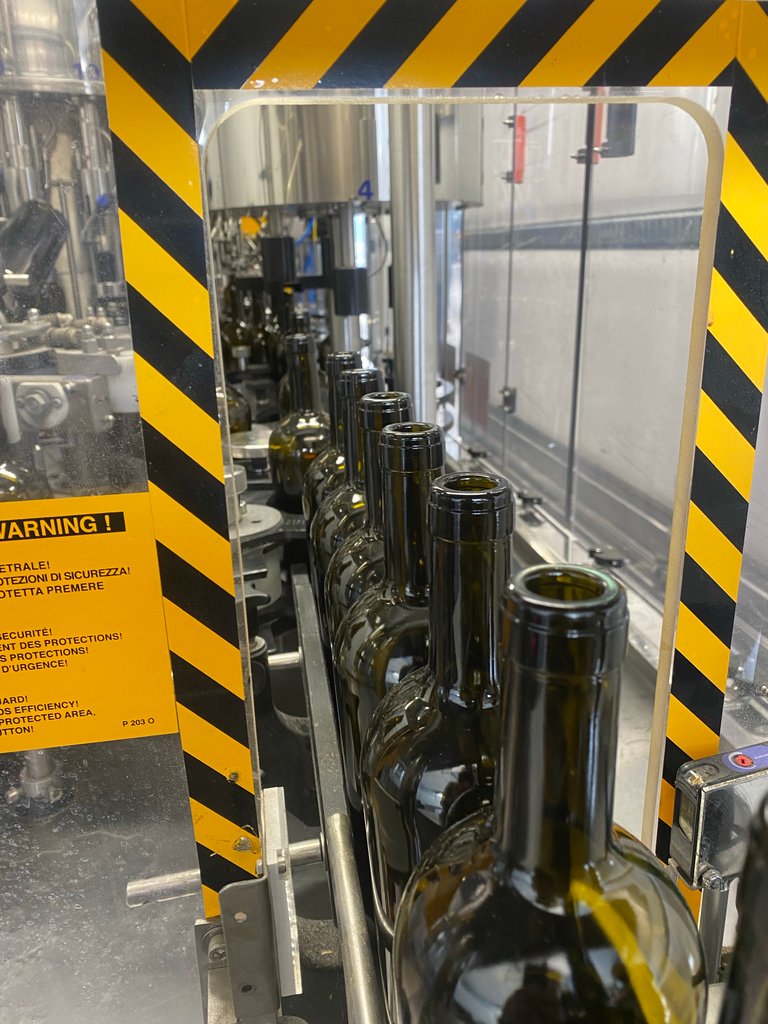
- Mechanically the bottles, one by one are picked up, flipped upside down blasted with filtered water or air to remove dust or tiny debris.
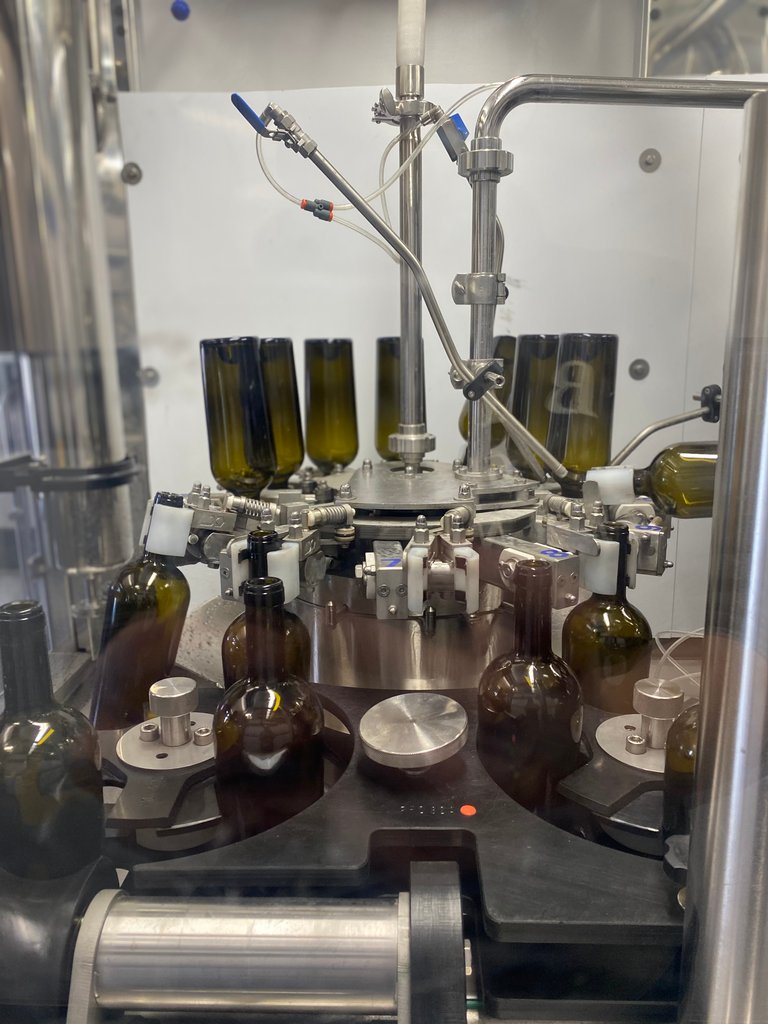
- The filler gases the bottle with nitrogen and stream wine to the desired fill height.
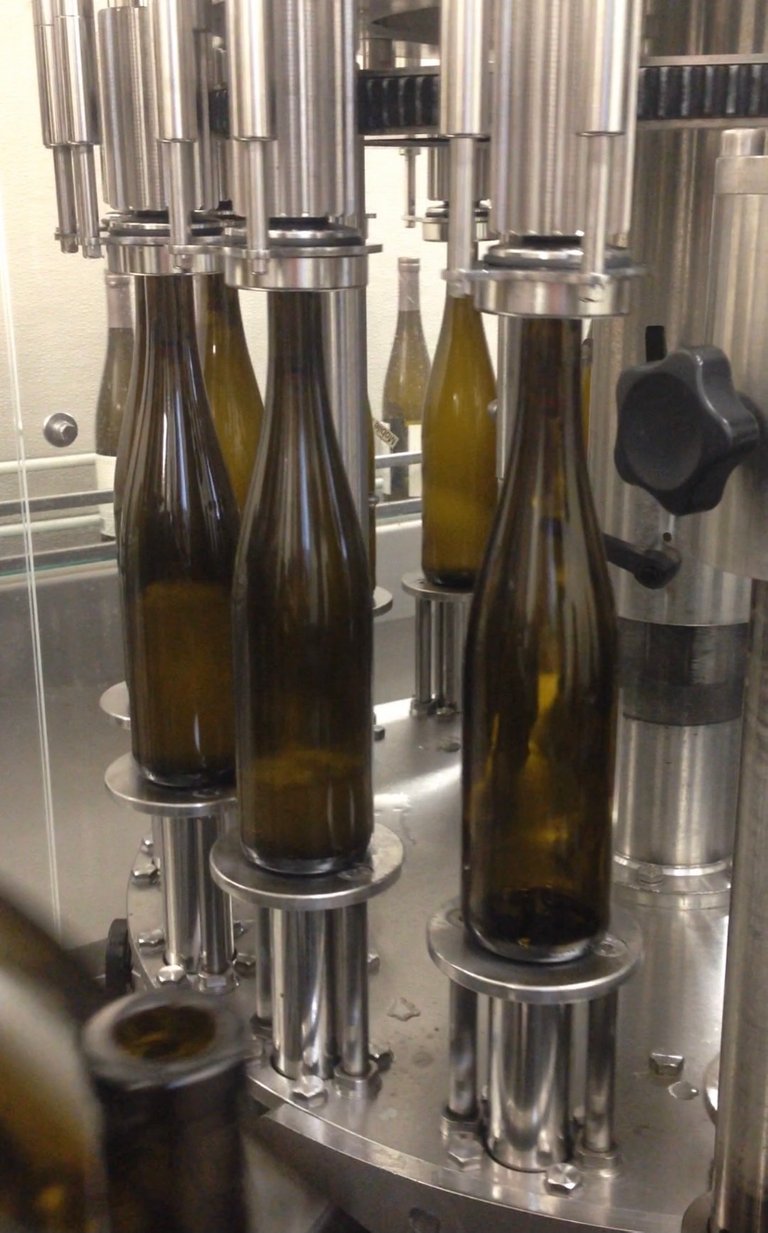
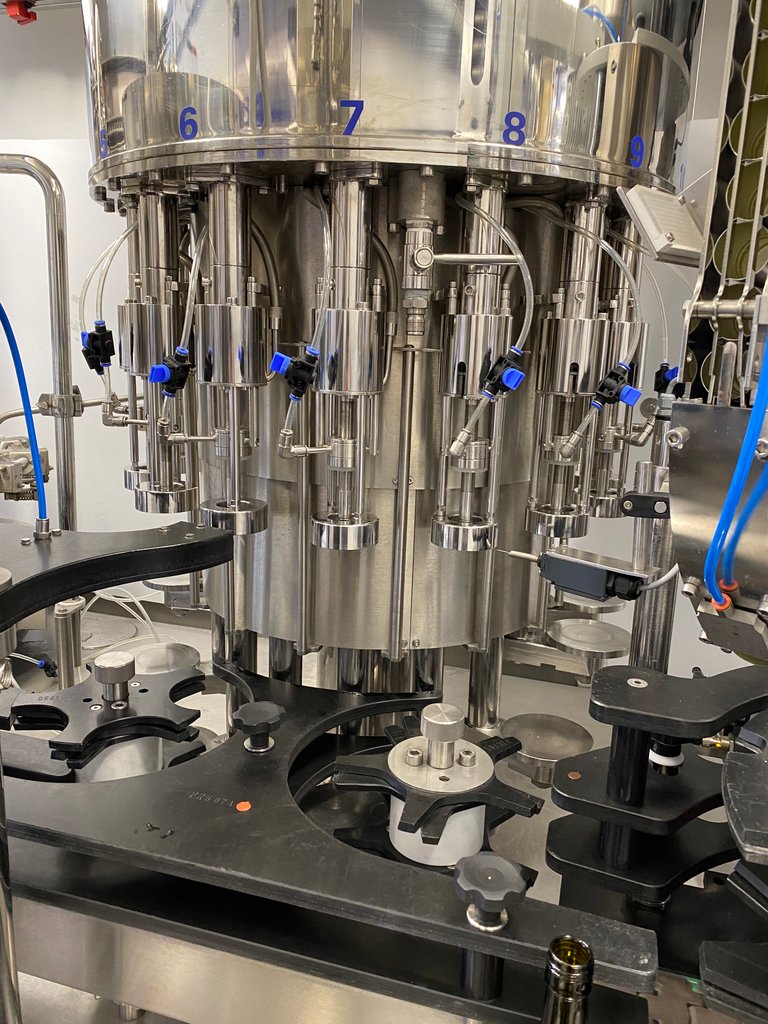
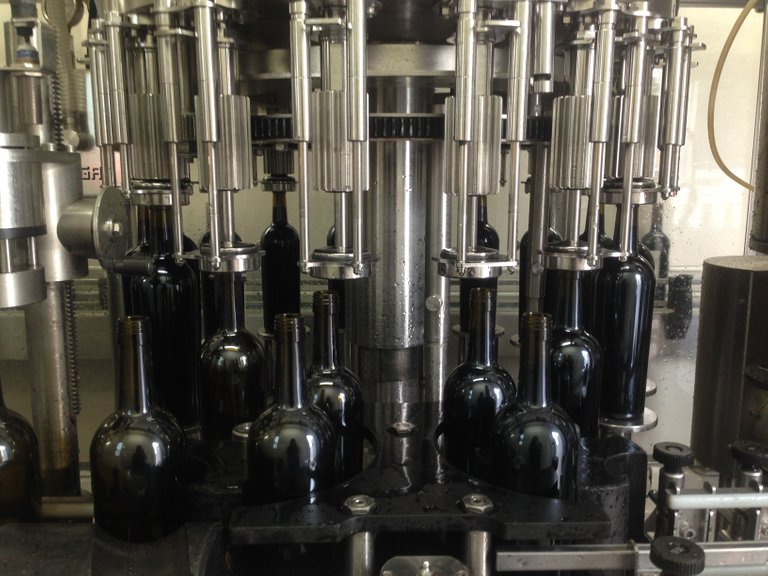
- A closure, whether it a screw cap, glass vinolock seal, or cork is applied.
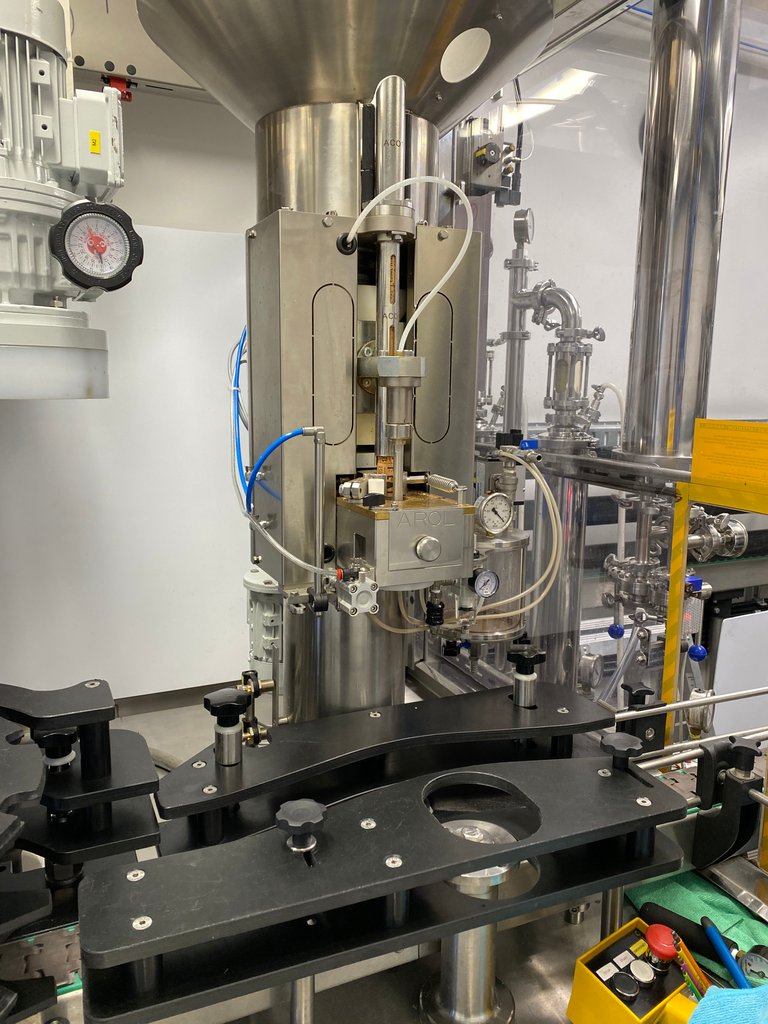
Metal based capsules are spun on or plastic ones heat wrapped
Labels placed on by vertical rubber rollers that vacuum hold the label to the sides while the bottle is spun through.
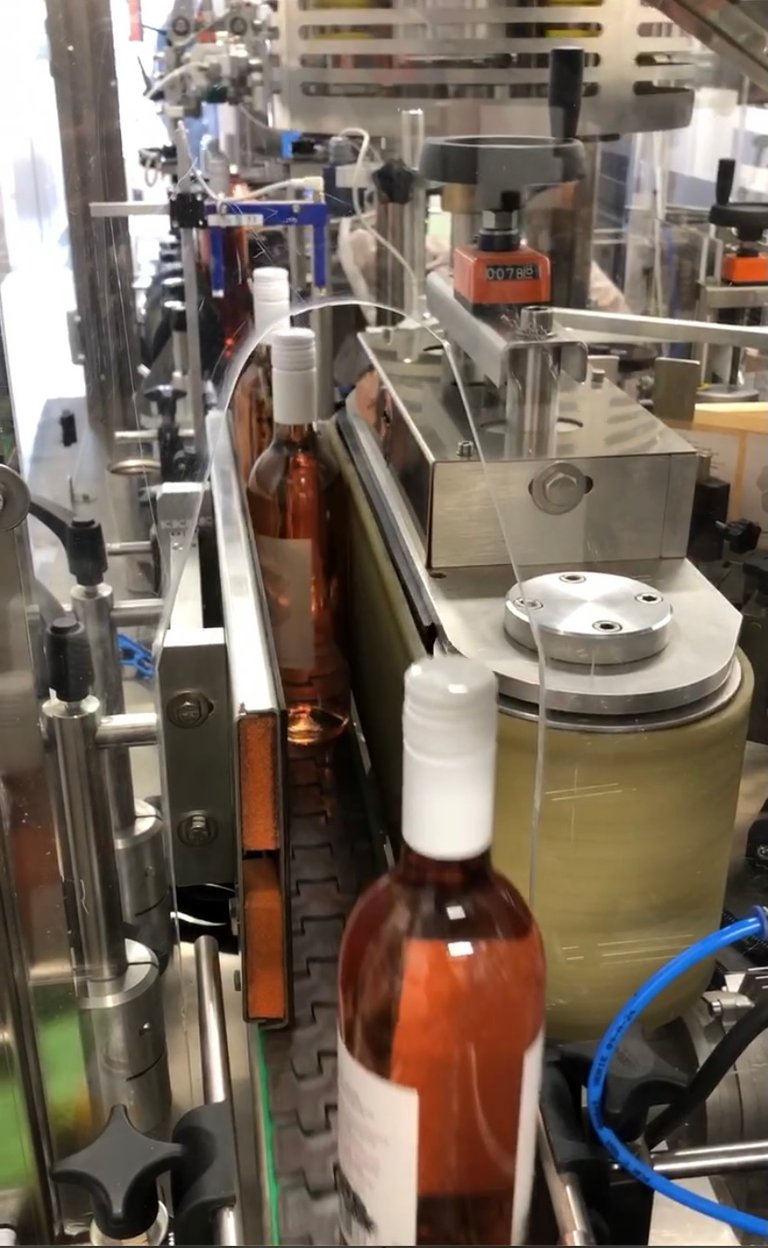
- At the end, quality control is completed by a couple people and the wine gets boxed and taped up into a case.
Cheers!
 You've been curated by
You've been curated by 


